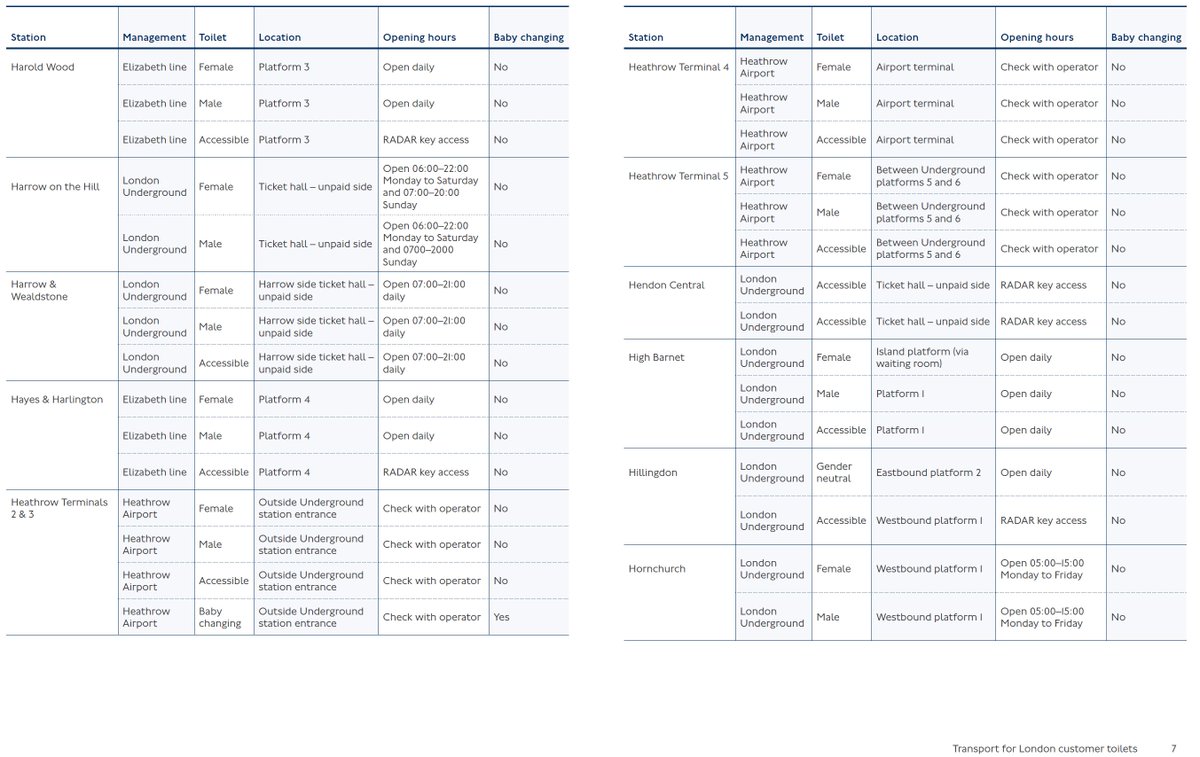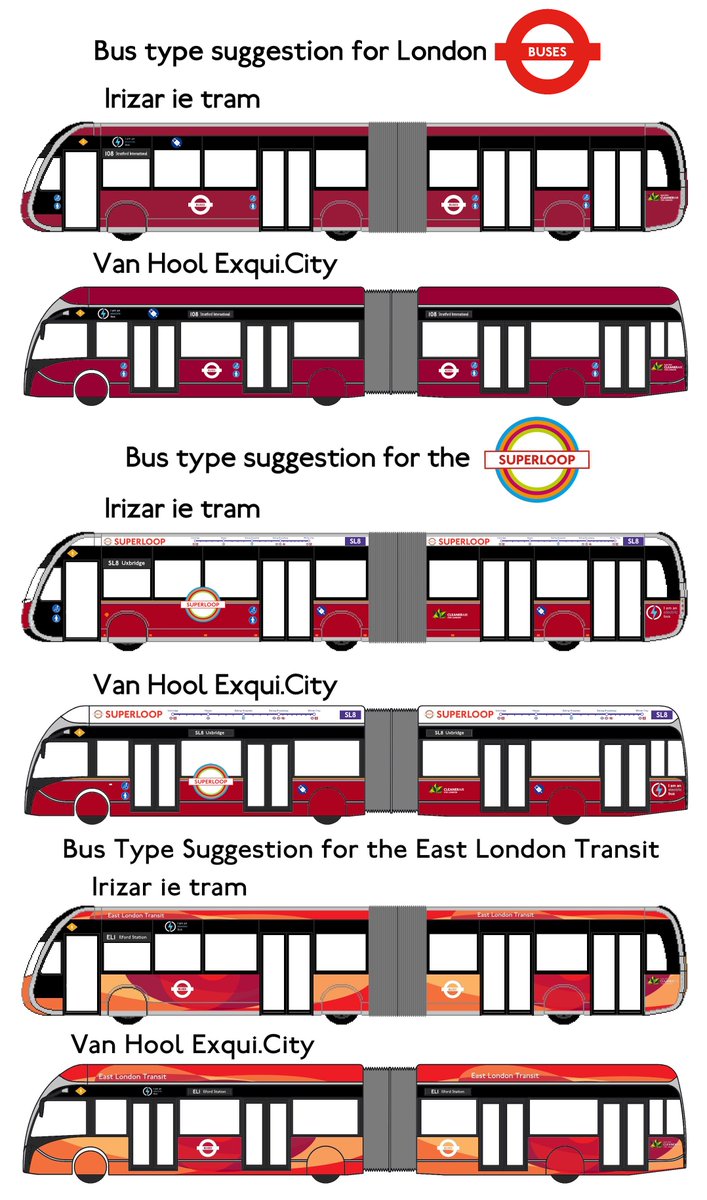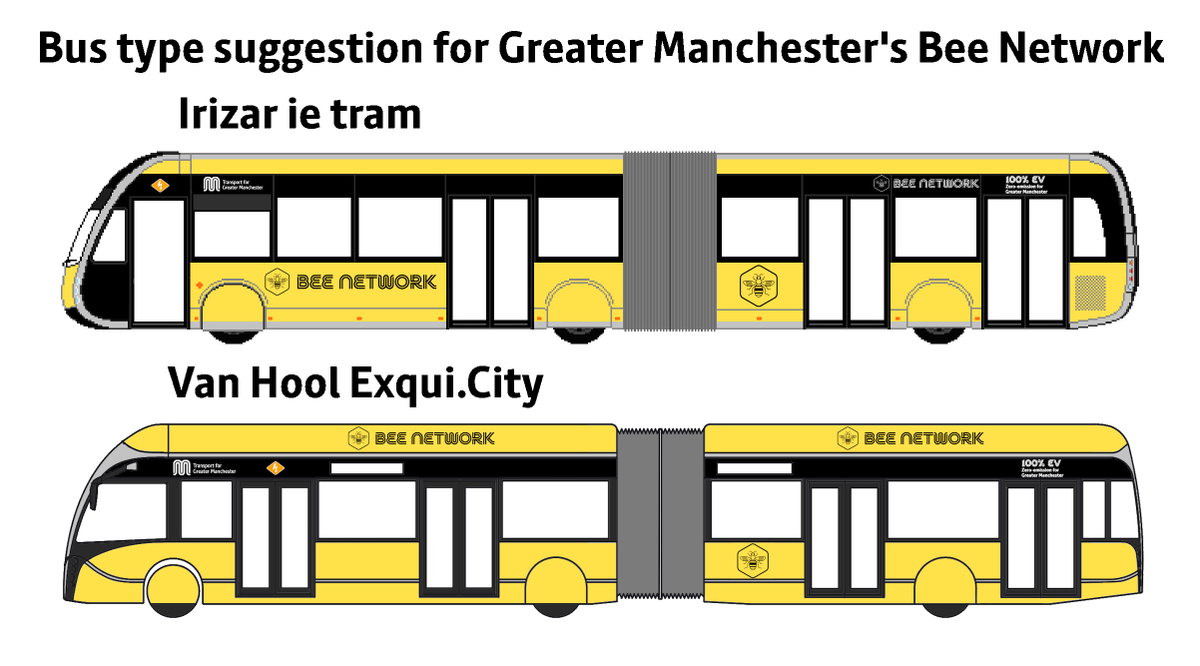1/9 🚍 Transport services in London are essential for millions, yet they pose significant challenges for those with restricted mobility. Limited step-free access at many Underground stations highlights the need for bus routes that align with tube lines.
🧵
🧵
2/9 🚉 Many Underground stations lack step-free access, making travel difficult for the elderly, disabled persons, wheelchair users, and those with heavy luggage. Broken down lifts and staffing shortages can further complicate access, leaving passengers in challenging situations.
3/9 🚏🚌🚇 Connecting bus routes with Underground lines is crucial not only for accessibility but also as part of the UK’s Critical National Infrastructure. Reliable transport networks are vital for social inclusion and economic participation.
4/9 ✅ Step-free access reduces the risk of injuries for passengers, which helps minimise delays and alleviate pressure on emergency services, including paramedics, who may need to respond to incidents involving an injured passenger at a station.
5/9 🗺️ TfL should provide wheelchair users with clear information about bus routes parallel to the Underground, as well as National Rail, Overground, and Elizabeth Line services. This is essential during disruptions like lift failures or station closures.
6/9 🚌🚇 The alignment of bus services with Underground routes would provide reliable alternatives for wheelchair users when lifts are out of service or stations face unexpected closures, ensuring they can navigate the city more easily.
7/9 👥 To address station closures due to staff shortages, TfL should consider hiring more Underground staff. Increasing station staff can help maintain operations and provide better support for passengers.
8/9 📋 Expanding bus routes to run parallel to tube lines ensures that accessible options are available throughout Greater London and areas outside of London served by the Tube, increasing coverage for those who need it most.
9/9 🌟 By investing in staff training, improving bus services, robust maintenance protocols, and public awareness campaigns, London can strengthen its transport services as critical national infrastructure, creating a more inclusive environment for all residents and visitors.
@threadreaderapp unroll please :)
• • •
Missing some Tweet in this thread? You can try to
force a refresh

























































